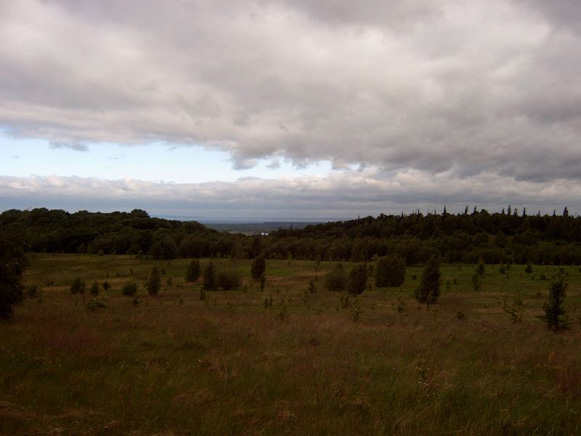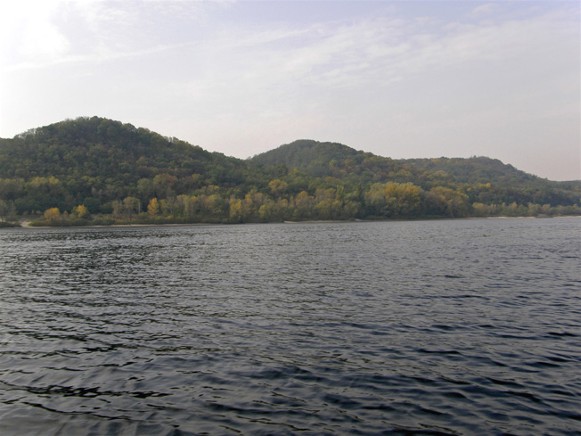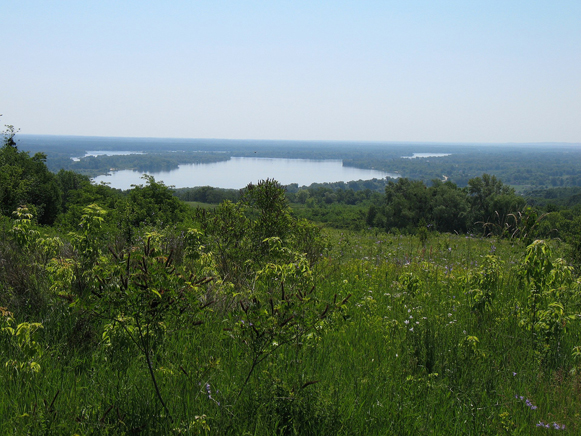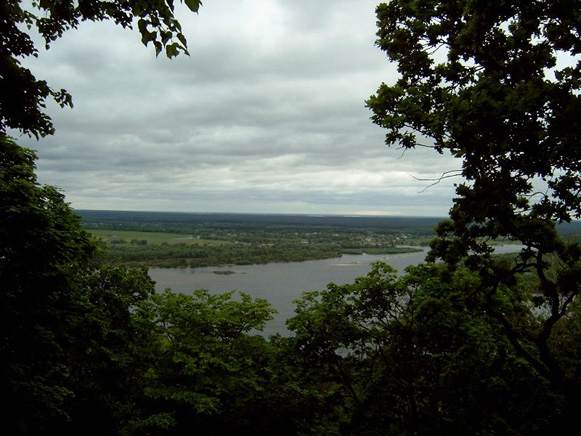Kaniv Nature Reserve
Kaniv Nature Reserve (Канівський природний заповідник; Kanivskyi pryrodnyi zapovidnyk). A nature preserve located on the right bank of the Dnipro River near Kaniv in Cherkasy oblast, a scientific research unit of Kyiv National University. It was established in 1923 on the initiative of geologist Volodymyr Riznychenko as the State Forest-Steppe Reserve named after Taras Shevchenko. In 1933 it was merged with Koncha-Zaspa State Reserve and renamed the Middle Dnipro National Reserve (although Koncha-Zaspa was excluded from it a year later). In 1939 it was transferred to Kyiv University, named Kaniv Biogeographical Reserve, and designated as a training facility for university students. Since 1952 it has also been used as the university’s forestry training area. Its state reserve status was restored in 1968 following a petition of Kyiv University scholars. Since that time the university has conducted a regular environmental monitoring of the reserve’s ecosystems.
The reserve has an area of 2,027 ha. It is located in the northern part of the Ukrainian forest-steppe region in the Kaniv Hills. Forests, mainly elm and oak, predominate. The hills are broken by deep ravines, where several geological strata, containing fossils of some extinct plants and animals, are visible. The reserve consists of three distinct parts: the high right bank of the Dnipro River covered with forest; two floodplains islands (Kruhlyk and Shelestiv); and the Zmiini islands located in the Kaniv Reservoir. The fauna of the reserve is typical of the forest-steppe; the most common animals are roe deer, badger, and marten. Approximately 233 species of birds are also found there. The reserve is rich in historical and archeological artifacts dating from the late Paleolithic Period to the early medieval Princely era, including two Scythian settlements from the 4th century BC; a Polianian settlement of the 4th century AD; and the Old Rus’ town of Roden on the Kniazha Hora hill (9th–13th centuries). The headquarters of the reserve are located on the territory of the former cottage of academician Mykola Biliashivsky, a pioneering scholar of the local archeological monuments. They house a natural history museum with separate sections devoted to the history of the reserve; botany; zoology; dendrology; paleontology; and archeology; it also has Mykola Biliashivsky’s memorial rooms.
BIBLIOGRAPHY
The Kaniv Nature Reserve’s official website: http://kanivbiosfera.at.ua/
Serhiy Bilenky
[This article was updated in 2021.]

.jpg)

.jpg)


